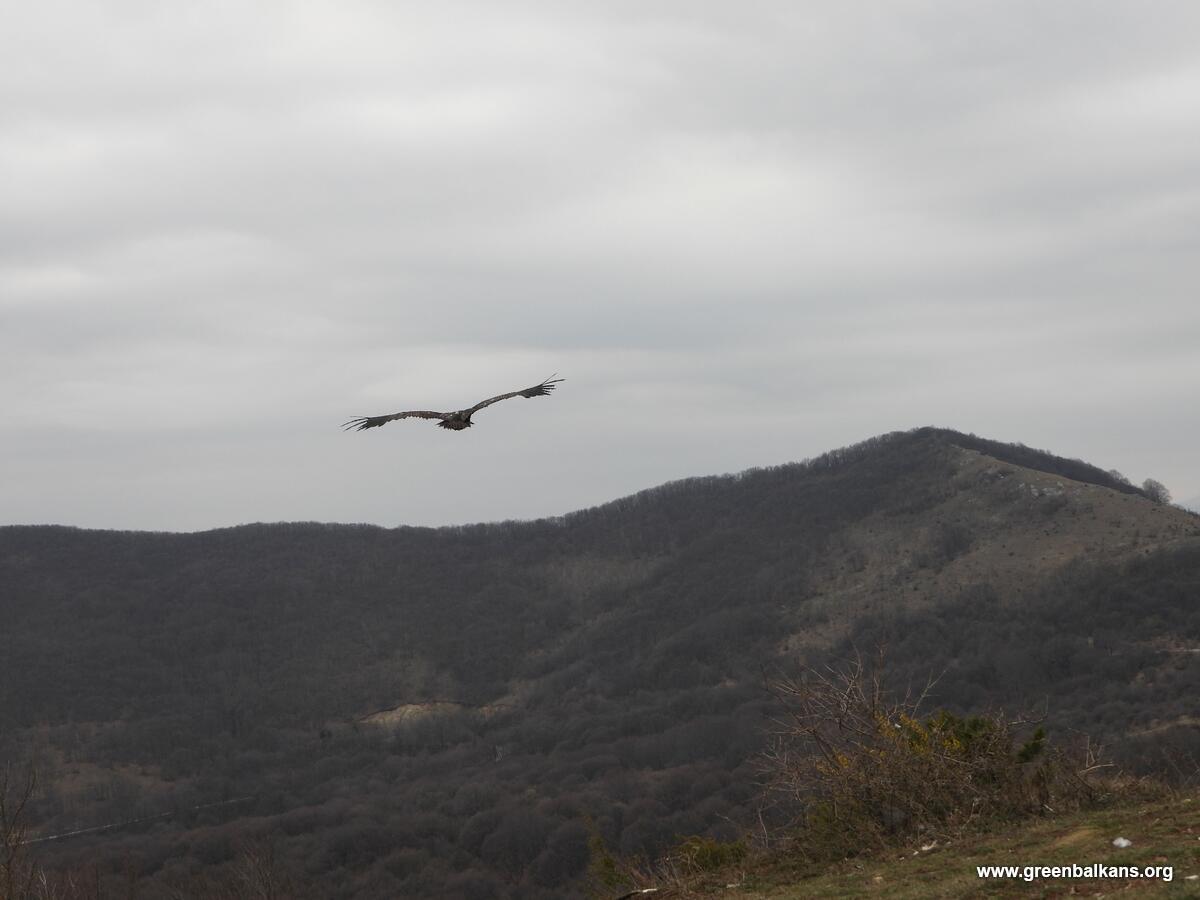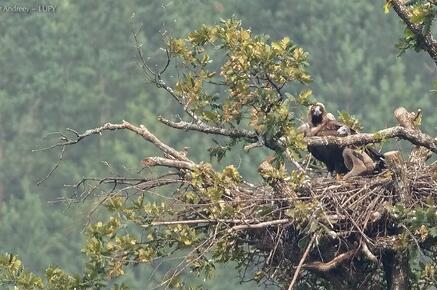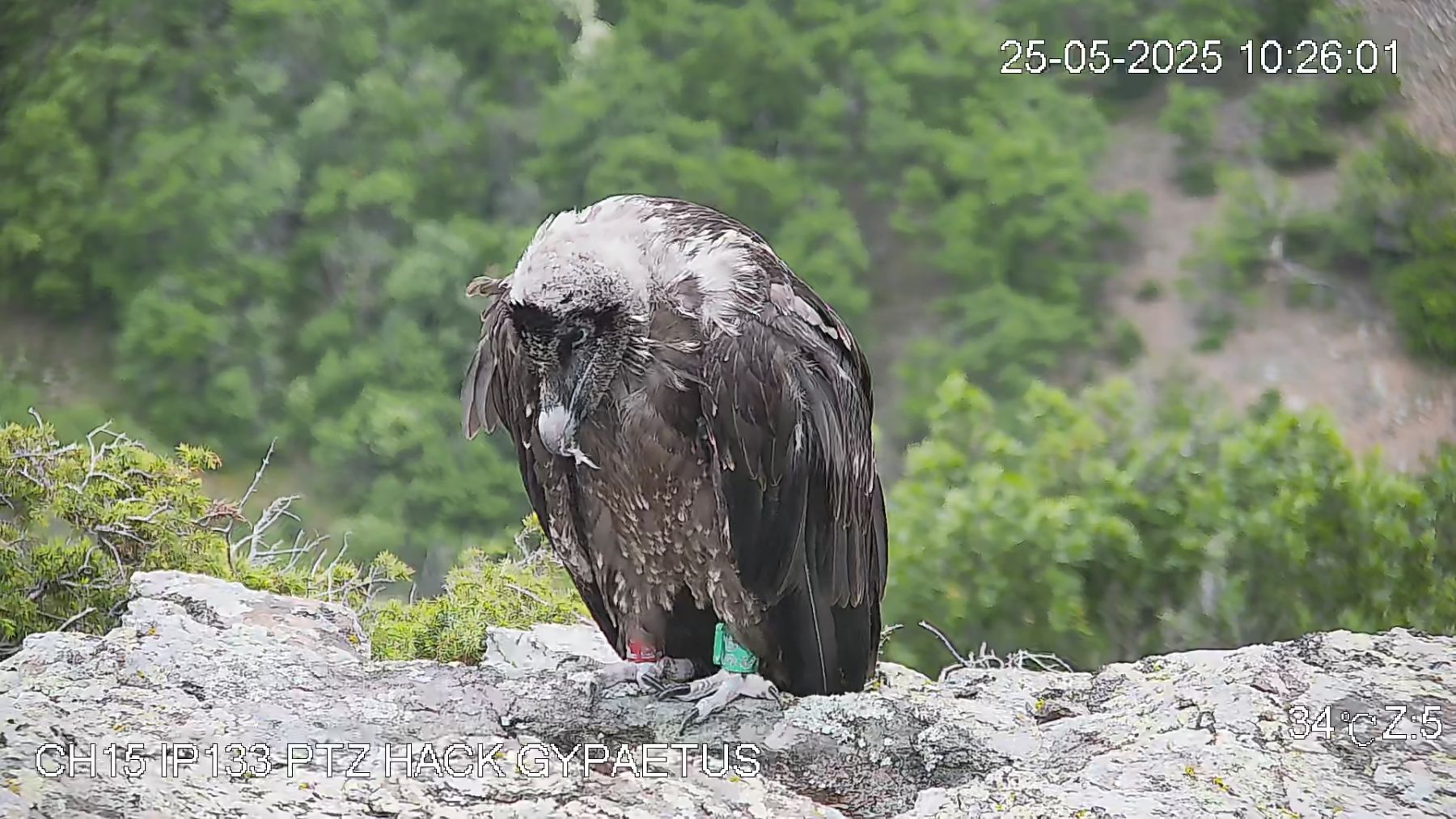As part of the Bearded Vulture LIFE project, 17 Cinereous Vultures (Aegypius monachus) from Spain have recently been transported to Bulgaria to support the ongoing efforts to restore the species in the region. The birds departed Spain on Friday, 9 March 2025, and after a journey spanning over 4,000 km, they safely arrived in Bulgaria on Tuesday, 11 March 2025.
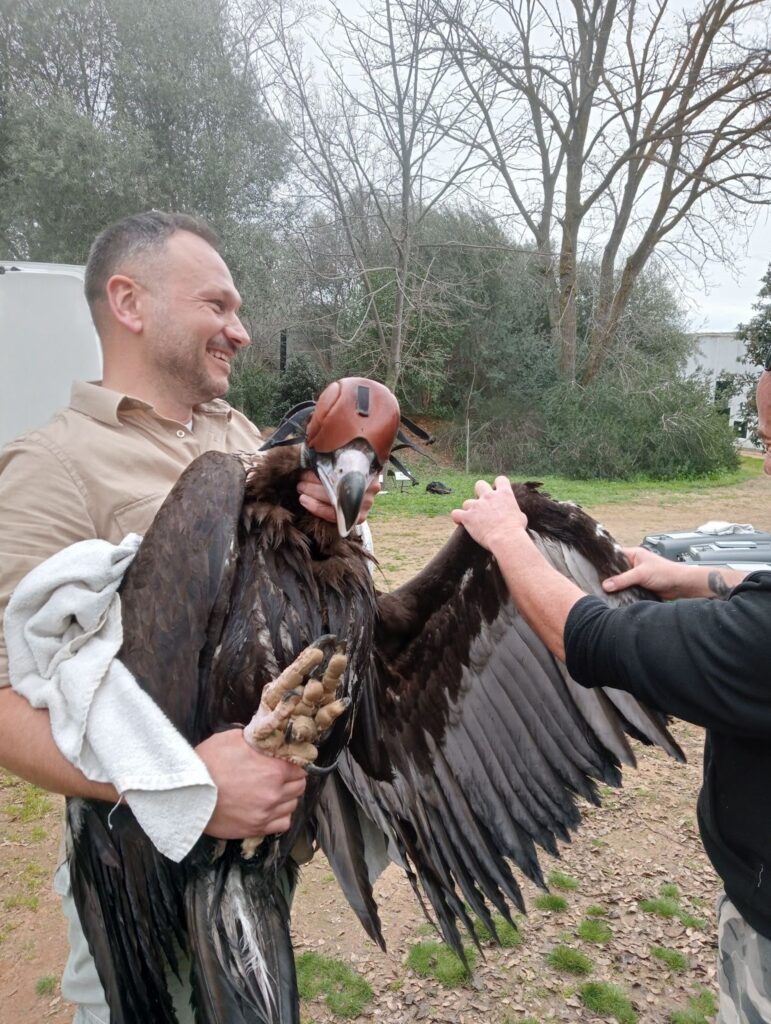
Securing vultures for reintroduction efforts
Each year, some Cinereous Vultures in the wild in Spain face challenges such as malnutrition and weakness—particularly in large populations like the one in Extremadura, home to over 1,000 breeding pairs. Wildlife rescue operations offer these young birds a second chance at life. with the goal of returning them to the wild. Since many of these vultures do not suffer from serious injuries or long-term health issues, they make ideal candidates for reintroduction projects.
In Extremadura, Wildlife rescue and rehabilitation centres such as Los Hornos and AMUS are among those leading this important work. These facilities are equipped with specialized infrastructure where the vultures undergo a mandatory quarantine period and receive thorough health checks before being released back into nature.
In some cases, these rehabilitated vultures contribute to conservation efforts far beyond their native regions. In recent years, the regional governments of Extremadura and Andalusia have generously supported reintroduction projects across Europe by providing several rehabilitated vultures to help strengthen populations elsewhere.
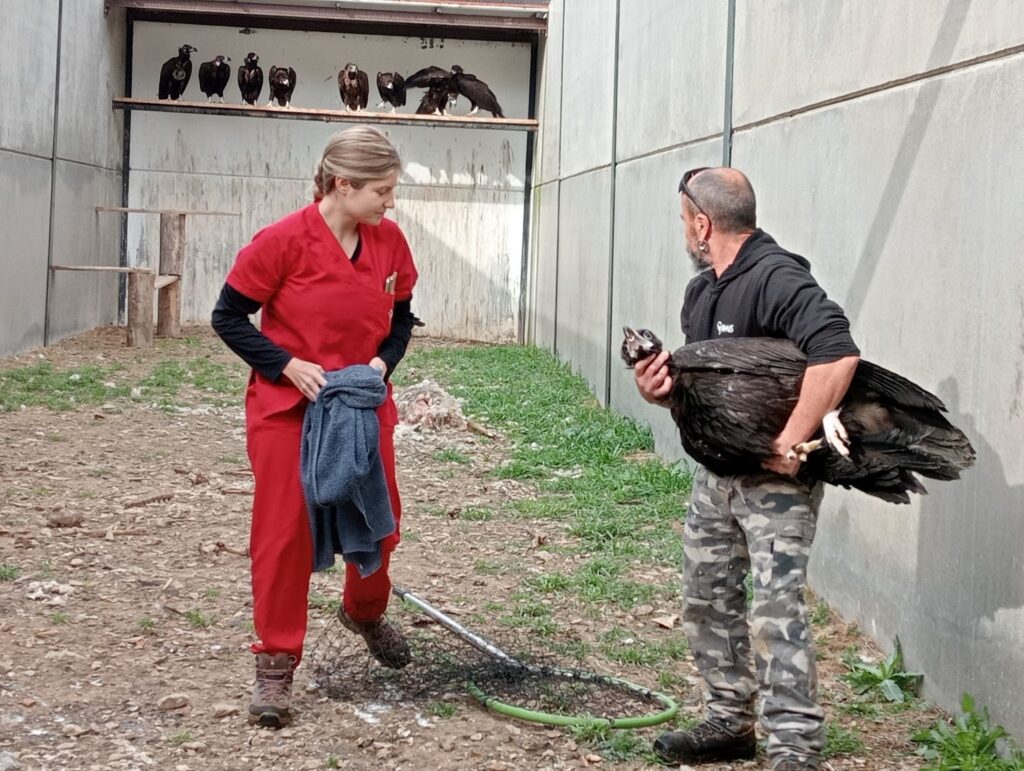
Getting ready for the journey
After careful planning and preparation, the Cinereous Vultures were finally ready to travel to their new home in Bulgaria. The Vulture Conservation Foundation coordinated the logistics of the operation. On 9 March, the final health checks were conducted, and the birds were carefully placed into a specially designed transport vehicle to ensure their comfort and safety during the trip. They then began their long journey toward their new destination in Bulgaria.
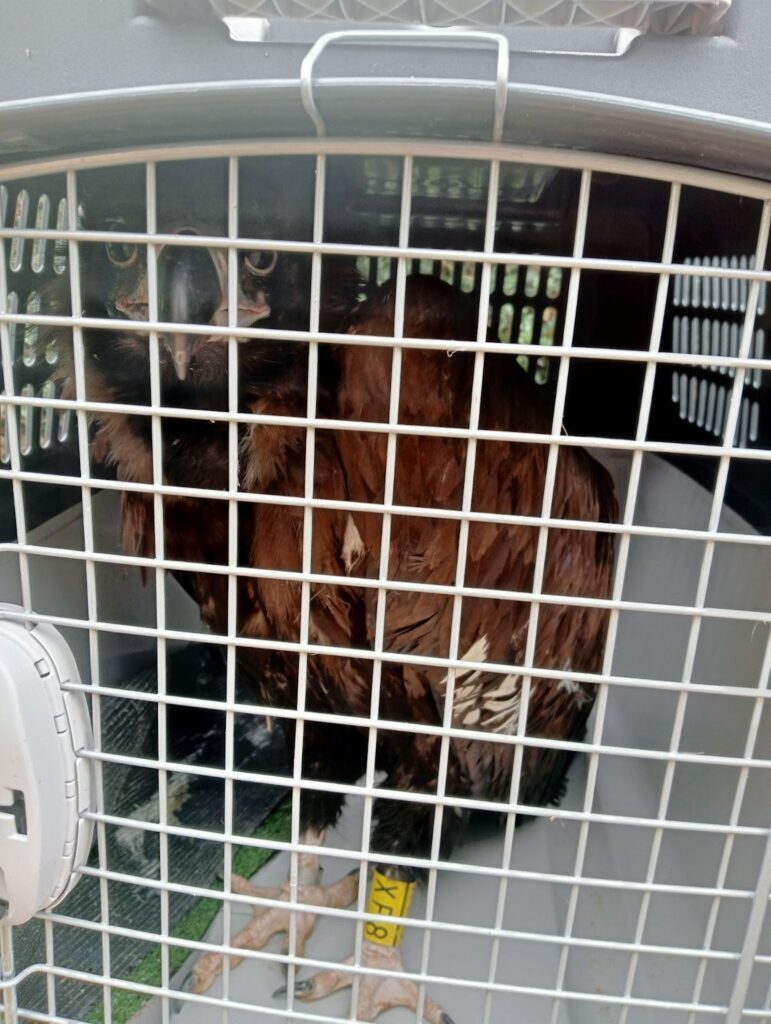
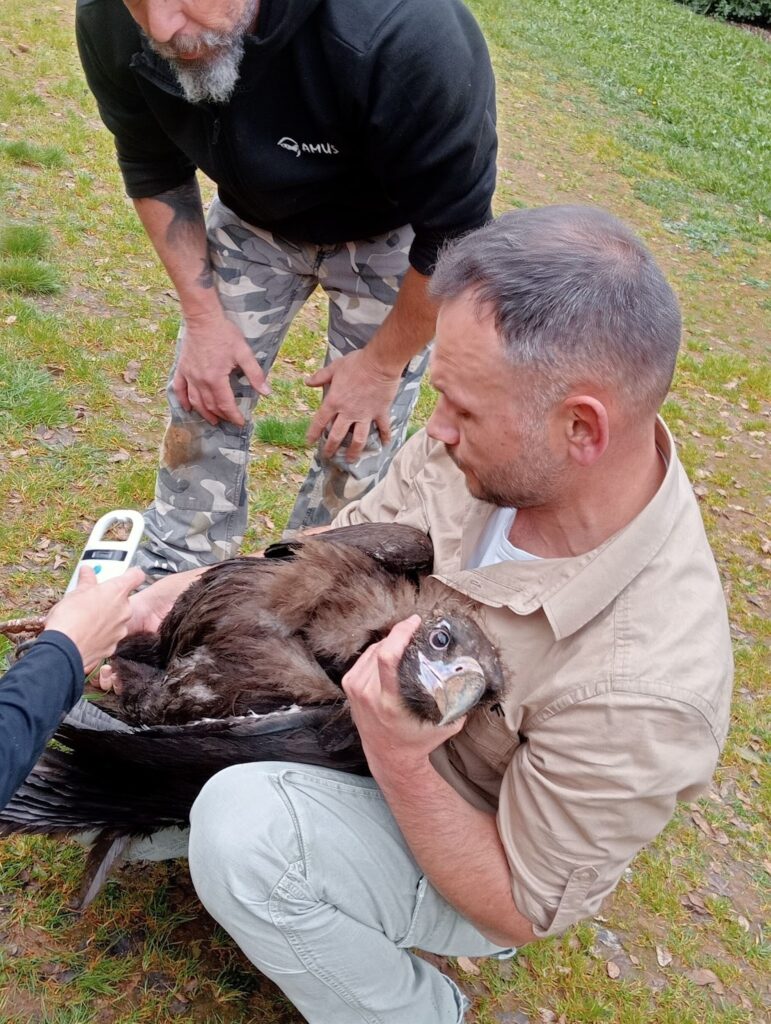
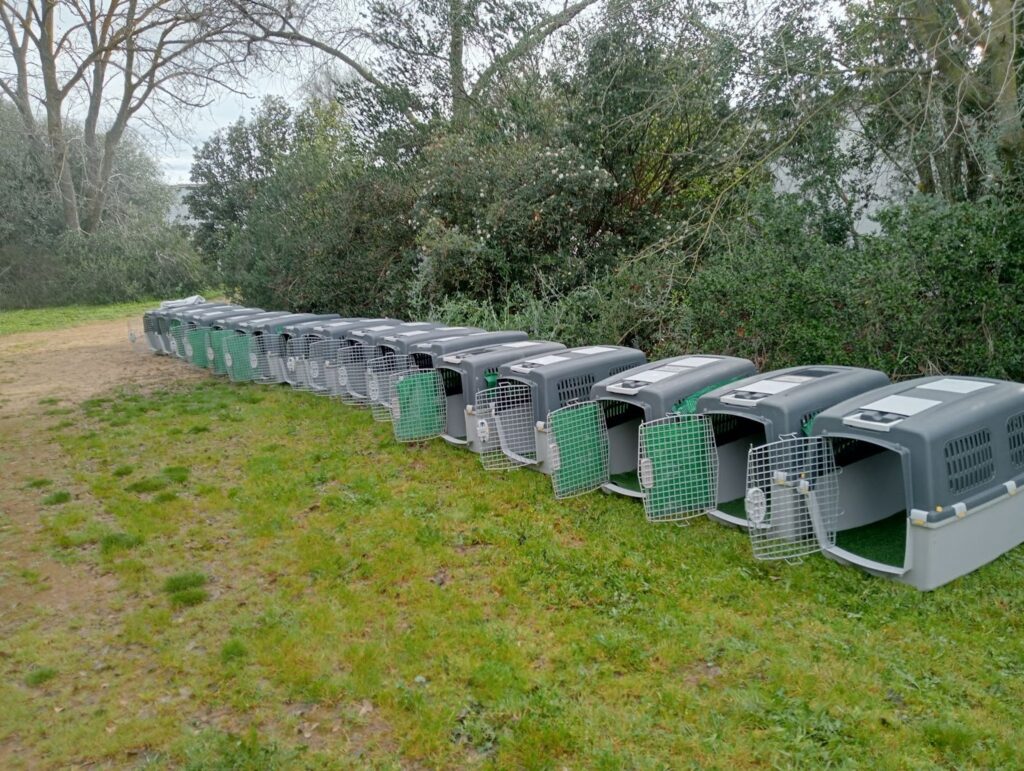
Cinereous Vultures being prepared for the transfer to Bulgaria © VCF
Safe arrival and new beginnings
Upon reaching Bulgaria, the birds were welcomed by local conservation partners from the Fund for Wild Flora and Fauna (FWFF) and Green Balkans. Upon arrival, the veterinary team from Green Balkans conducted thorough health checks to ensure the vultures were in good condition for the next stage of the reintroduction process.
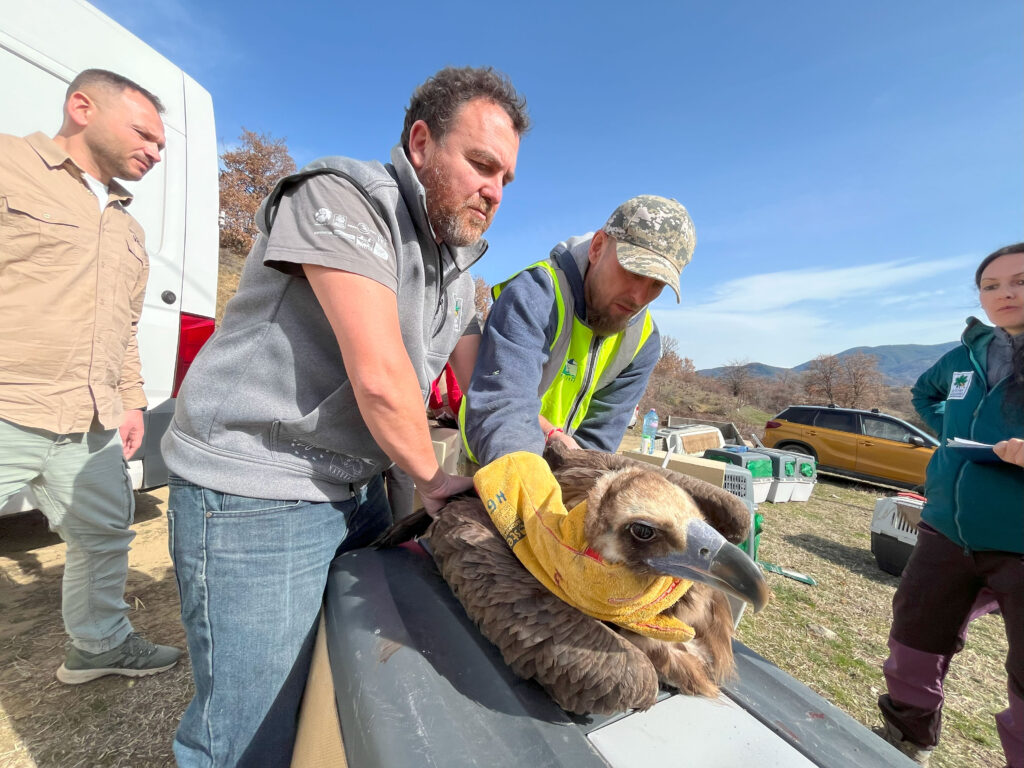
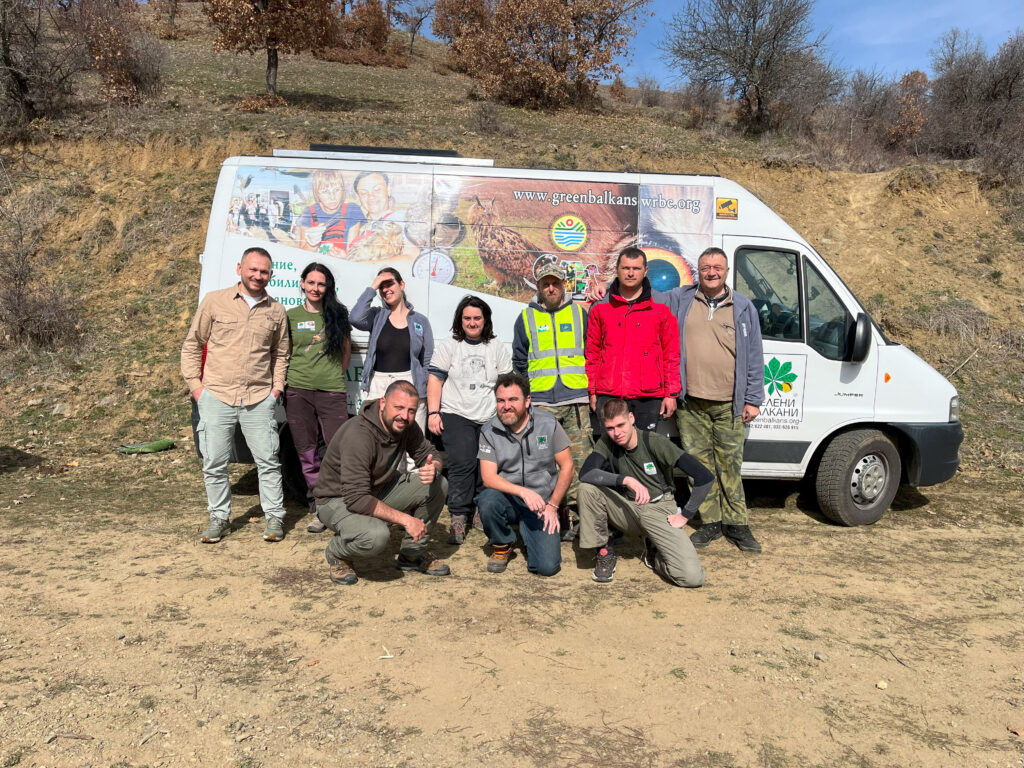
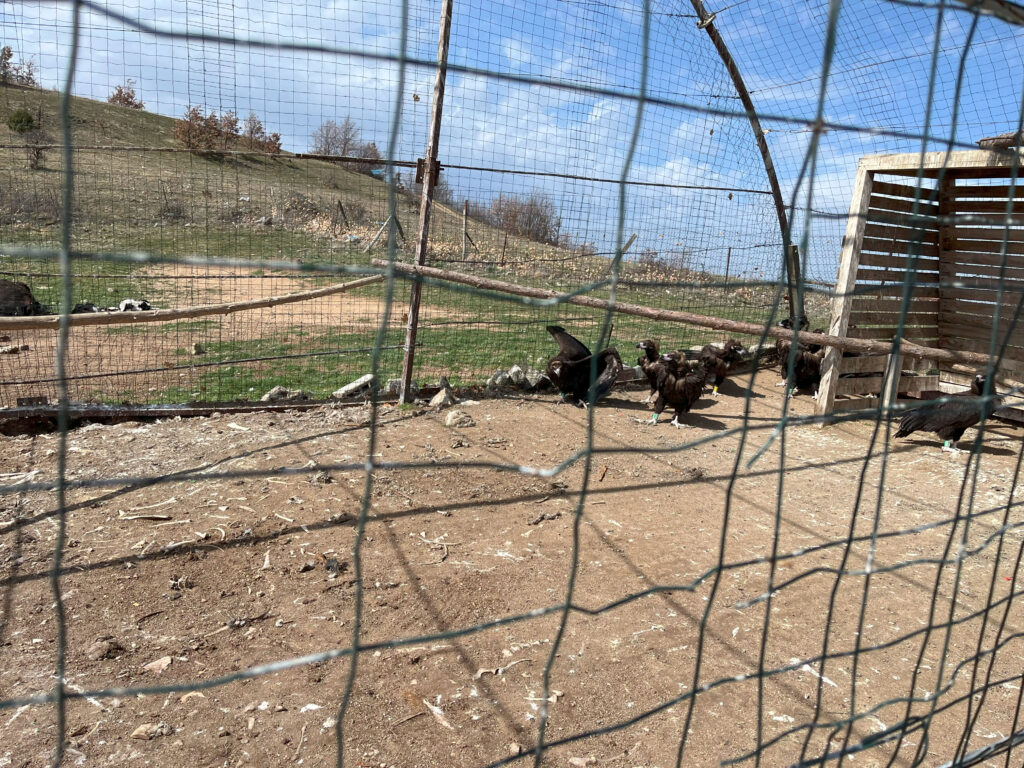
Following the health assessments, the birds were transferred to specialized acclimatization aviaries, where they will spend approximately three months adapting to their new surroundings. The vultures were divided into two groups—one designated for the Kresna release site and the other for the Kotel release site—based on their final release locations.
After this acclimatization period, during which the birds gradually become accustomed to local environmental conditions, they will be released into the wild to support the ongoing conservation and population recovery efforts in Bulgaria.
Reviving the Cinereous Vulture in Bulgaria
The return of the Cinereous Vulture as a breeding species in Bulgaria has been made possible largely thanks to the support from Spain, home to the largest population of this species — around 2,500 breeding pairs, Spain’s contribution of birds for reintroduction projects has been vital for the species’ comeback in Europe.
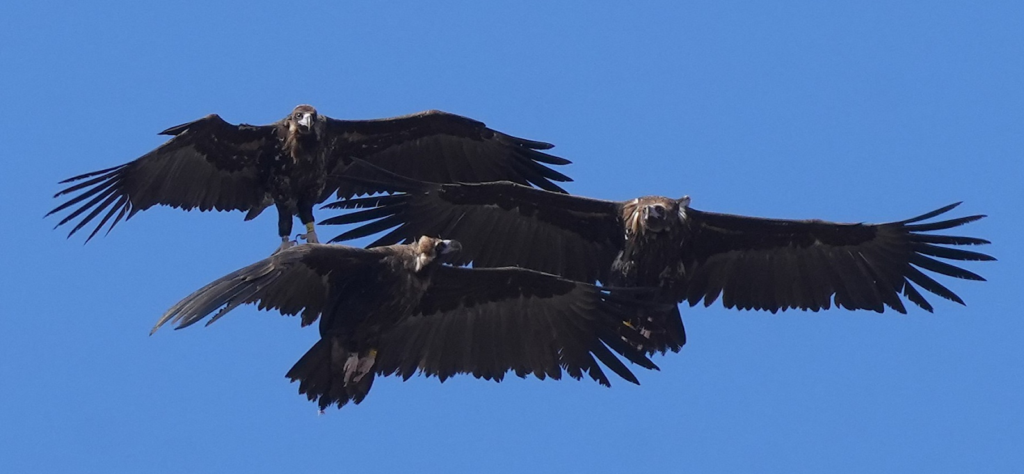
Since the release efforts in Bulgaria began, with continued reintroductions and dedicated conservation actions, the Cinereous Vulture has successfully re-established itself as a breeding species. Today, the growing population includes an estimated 16–18 pairs, with 10–11 in the Vratsa Mountains and Ponor area, and another 6–7 pairs in Sinite Kamani and the Kotlenska Mountain region.
We look forward to seeing how these birds adapt to their new home!



The Bearded Vulture LIFE Project

The “Bearded Vulture LIFE” project is a comprehensive initiative, aiming to restore the Bearded Vulture and Cinereous Vulture across Bulgaria and the Balkans. With a budget of €5.17 million, co-funded by the European Union’s LIFE Programme, the project commenced in August 2023 and is expected to continue until 2030. Building upon the achievements of its predecessor, “Vultures Back to Life,” it is coordinated by Green Balkans, with five more partner organizations within Bulgaria, including the Fund for Wild Flora and Fauna, Foundation EkoObshtnost, EVN – Elektropradelenie Yug EAD, Severozapadno Darzhavno Predpriyatie – Vratsa, and “Sinite kamani” Nature Park Directorate. Furthermore, the project benefits from international collaboration, including the Vulture Conservation Foundation (VCF), responsible for the translocation and safeguarding of captive-bred birds secured for release. Additionally, the partner Milvus group is responsible for executing conservation efforts in Romania.

